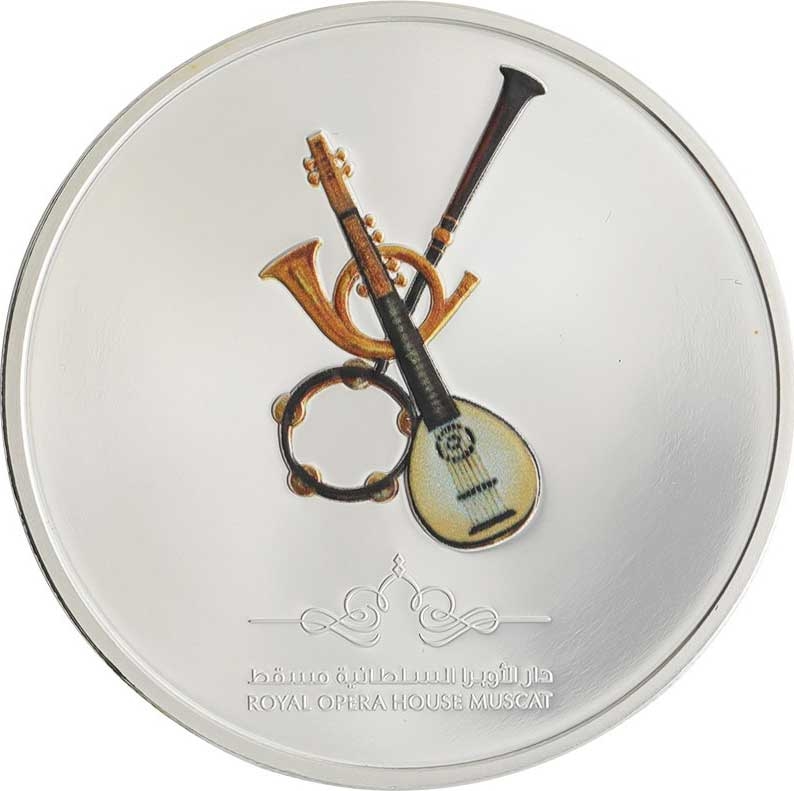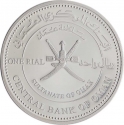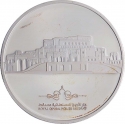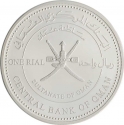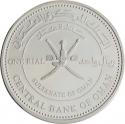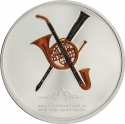You are about to finish your registration. Please check your mailbox (including spam folder). There should be a letter with a confirmation link. Check setting to make sure that your e-mail address is correct.
Send letter againDescription
Qaboos bin Said Al Said (1940–2020) was the Sultan of Oman from 23 July 1970 until his death. A fifteenth-generation descendant of the founder of the House of Al Said, he was the longest-serving leader in the Middle East and Arab world at the time of his death.
The Royal Opera House Muscat (ROHM) stands as Oman's foremost hub for musical arts and cultural experiences. Situated in the Shati Al-Qurm district of Muscat along Sultan Qaboos Street, this architectural marvel was commissioned by Sultan Qaboos of Oman himself. Characterized by distinctive contemporary Omani design, it boasts a seating capacity of up to 1,100 individuals. The complex encompasses a concert theatre, auditorium, meticulously designed gardens, a cultural marketplace offering retail options, upscale dining establishments, and an art center dedicated to musical, theatrical, and operatic performances.
Obverse

|
Depicts the National Emblem of Oman dividing denomination in Arabic and English, surrounded by the country name inside a circle, with the legend "Central Bank of Oman" outside both in Arabic above and English below. البنك المركزي العماني |
|---|---|
Reverse

|
Depicts colored musical instruments (mandolin, clarinet, horn and tambourine), with inscription below the logo of Royal Opera House Muscat. دار الأوبرا السلطانية مسقط |
| Edge |
1 Rial
Royal Opera House Muscat
Mandolin, Clarinet, Horn and Tambourine
Subscribe series
KM# 171
Royal Opera House Muscat
Mandolin, Clarinet, Horn and Tambourine

